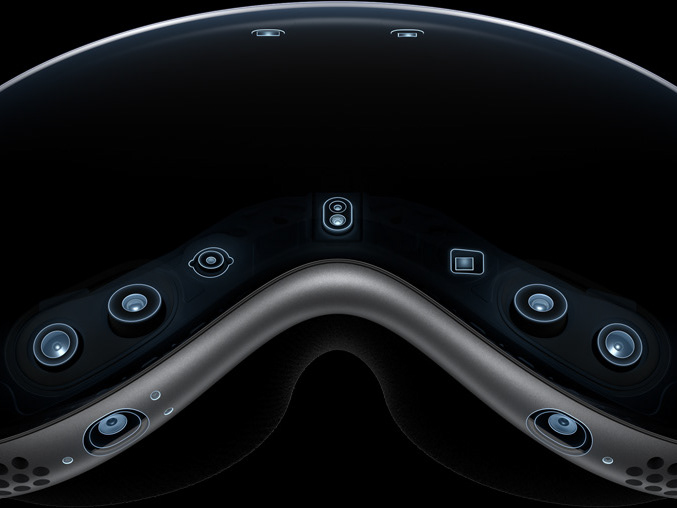Over a month ago, I had the pleasure to attend the full two-day Push Conference. I participated in 14 talks and 2 breakout sessions, engaging in discussions with colleagues and other attendees. I made some new connections, enjoyed delicious meals and treats, and had some meaningful heart-to-heart conversations that went beyond UX, design, and professional careers. I also got to observe the city in a different light, beyond the typical visits of when I happen to meet my relatives.
On my way back, I promised myself I would recap all my thoughts and write them down. Unfortunately, as it often happens, everyday routine got a hold of me. At first, I was a bit disappointed that I couldn’t find the time, and I feared I might start to forget important details. It was in one of those moments that I caught myself reflecting on the event from a new angle. Having had the time to remove the excitement, rush, and great moving energy, I had began to objectively analyze the conference. Driven by intuition and curiosity, I decided to wait another month and see where the journey would take me.
Image 1: Push UX 2024 main venue
Now that the time is up, I feel ready to open Pandora’s box once more.
First of all, let me give you a proper introduction to the conference and what it represents:
Push is a UX conference organized by a group of practicing designers for 12 years. The city of Munich, and especially Alte Kongresshalle, has been its home for over a decade and counting. Push follows a single-track program, except for a breakout session each day, alternated with lunchtime. While a multi-track program offers a variety of choices, Push has intentionally chosen a tailored opposite, in order to provide its attendees the possibility to focus on the narrative without the fear of missing out. Anyhow, since design is a practice, only theoreticizing on generality would not make the cut. This is where the breakout sessions shine the most.
Image 2: Push UX 2024 common area
As you see, Push cares about the curation, as well as the experience. And upon looking at the 2024 program several times, before, during, and after the conference was over, I noticed a pattern. I was able to identify three main topics that seemed to drive the event. The three pillars of this year, coincidentally enough, shared among other things, also the same first letter (A) with each other.
Let’s dive deeper into the triple-A: Accessibility, AI, and Authenticity, and how did the conference score on each of them.
Image 3: Push UX 2024, Vitaly Friedman - Inclusive Design Patterns For 2025
Talks of accessibility combined with inclusivity, kickstarted the conference strongly, establishing the importance of the topic, not only for the conference itself, but also for the design world, which has been advocating for it since the launch of the WCAG 2.0 guidelines in 2015. The upcoming year will be another stepping stone in favor of accessibility, as the European Accessibility Act (EAA) comes into effect in July 2025. That explains the urgent need to bring this topic to everyone’s attention once more. Through five insightful talks, the conference scored high successfully conveying how accessibility can be achieved in design, covering topics such as design patterns, font choices, language usage, data visualization, and overcoming bias. Ironically enough, they lost a point when in the midst of the accessibility section they couldn’t apply their teaching to accommodate one of their presenters who uses a wheelchair. However, they regained that point graciously when they publicly acknowledged their poor planning and committed to improving accessibility in future events.
Image 4: Push UX 2024, Kim Gladow - Beyond the button: Design in the Age of AI Chatbots
The next pillar, which has been the hot topic for these last two years and will likely continue to be in 2025, is AI. Six full AI talks could be found in the Push program. I had the chance to attend half of them. Personally, I consider myself an AI enthusiast, as long as it is properly regulated. To some extent, AI can really help the experience of the user, being able to eliminate a lot of manual work; which in the B2B world, where I currently work, can often be a lifesaver. However, as a designer who at the time was designing product features that were powered by an AI model, I was expecting much more from these sessions. Instead, I found them lacking the details I was looking for, often focusing on concept and philosophy, or simply explaining how to use a specific model. After all, that is quite understandable, considering that every existing company is trying to hop on the trend train, and be the first one to profit from their inflated investment. I wouldn’t want to share the secret ingredient of the recipe either, if I were in their shoes.
Image 5: Push UX 2024, Matt LeMay - You don’t “get” anyone to do anything
And last but not least: Authenticity. With several talks covering topics such as designers being gaslighted, shaping one’s future self, the emotional challenges of creativity, and speaking the truth of oneself, along with lessons on listening, learning, and mastering job applications, the final pillar was submersive for professionals at all levels. Everyone from diverse backgrounds didn’t leave the venue without something valuable: a new insight, inspiration, nostalgia, emotional reflection, a deeper connection with themselves, or the realization that they were not alone. At least, that’s how I left. And for me, that’s a win.
On this positive note, I’d like to wrap up this post. As the year comes to a close, I can’t help but reflect on what a remarkable year it’s been. With Push being one of the highlights, I’m grateful and hopeful that 2025 will bring even more memorable moments, some of which will take the shape of new conferences. After all, nothing beats the feeling of belonging to a community.



